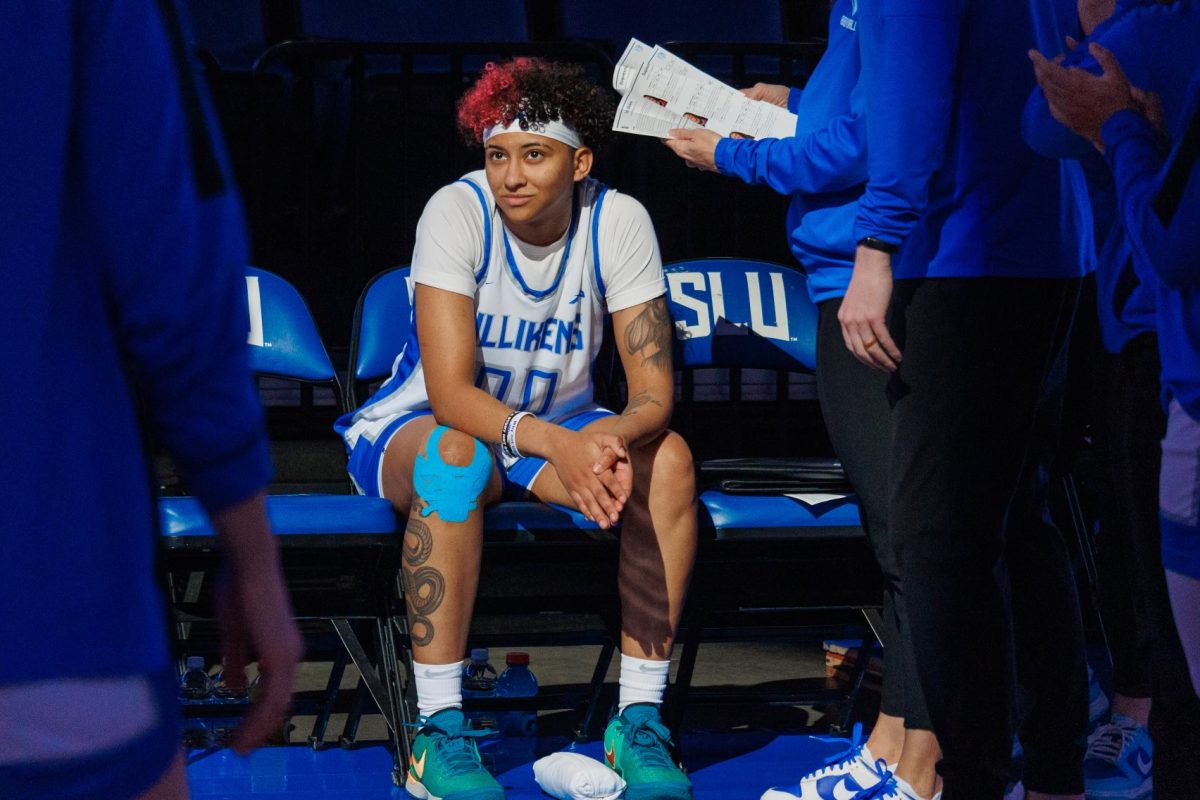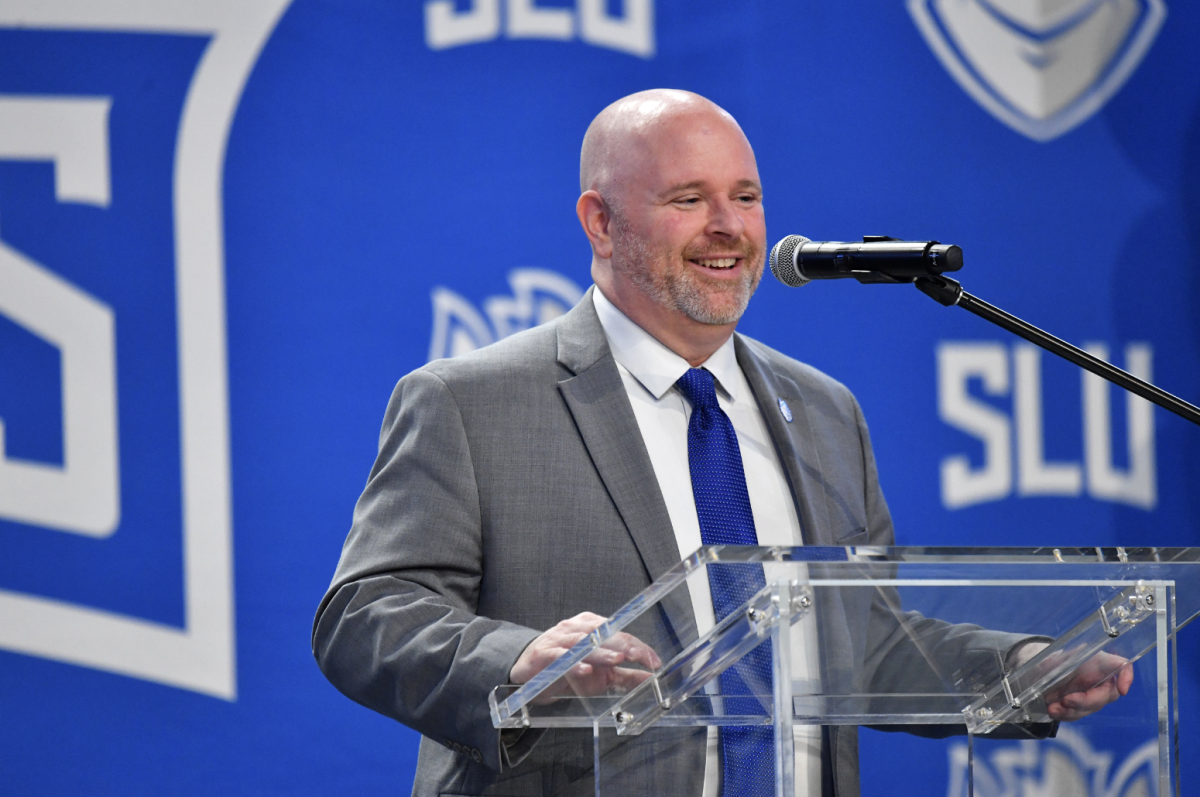Baby steps.
Title IX made gender equity an issue. But it’s the universities’ responsibilities to enact equality. Progress in equality has been slowed because universities continue to give disproportionately high funding to men’s teams. This creeping progress seems to be the future of Title IX.
An NCAA study in May 1997 showed how little Division I universities have done to achieve gender equity. The study compared participation and operating expenses in 1992 and 1997.
In 1992, 71 percent of athletes participating in Division I athletics were male; 29 percent were females. Eighty percent of operating costs went to men and 20 percent to women’s teams.
By 1997, men made up 66 percent of the participants, with women making up 34 percent. But total operating expenses still favored the men’s teams. Men spent 79 percent of the operating costs, while females spent 21 percent.
This study shows that Title IX was effective, but only to a point. Title IX did open new opportunities for female athletes. However, these new opportunities need to be funded in order to be successful.
There are just as many universities that work for compliance as there are those that refuse to make any effort at all. Institutions such as the service academies (the U.S. Air Force, the U.S. Naval Academy, and the U.S. Military Academy) have done the most to achieve equal representation.
The Air Force undergraduate population is 15 percent female, and 26 percent of all athletes at the Air Force are female.
Arkansas State, however, is at the opposite end of the spectrum. Fifty-eight percent of their undergraduates are female, but only 22 percent of their athletes are female.
One way that schools try to gain Title IX compliance is cutting men’s teams. Dropping men’s teams frees up money to give to women’s teams. This is one trend that will shape the future of Title IX.
In October 1997, Providence College planned to cut three athletic programs and was met with immediate opposition. Providence’s attitude is characteristic of universities across the nation. It is easier to cut men’s teams than to rework the athletic budget and actually be equal.
“It’s the easiest way to gain compliance,” said women’s soccer coach Tim Champion. “It’s easier than finding more money for women’s teams.”
Cutting men’s programs is unfair to both males and females. Males are prevented from participating in an athletic program as part of a cost-cutting measure. Females are added just to fill a need. It’s addition by subtraction.
Football teams present a roadblock for compliance with Title IX. Another solution could be to reduce the amount of funding that goes to football.
The university could then redistribute money to other athletic programs. But this solution could severely damage institutions where football brings in the majority of the revenue.
There are many possible “solutions” to gaining compliance with Title IX. However, these answers raise more problems for athletic directors and universities.
Female athletes continue to feel the need for action and compliance with Title IX. Junior midfielder Ismahan Mohsen expressed the overall need for equal treatment for female athletes.
“I just don’t think that people care,” said Mohsen. “The focus in on the men. I feel that’s what people want to see.”
Title IX was passed to end the “accepted practices.” But the status quo continues.
“People cannot accept this anymore,” Mohsen said. “For it to change, it has to be recognized as an important issue. Even though it’s a slow process, I hope that things will get done.”
Even though inequality still exists, the inequality has and will continue to change the attitude and work ethic of female athletes.
“This is an issue that you actually have to think about because I just learned to expect it,” Mohsen said. “Soccer makes you so much stronger. This goes to every aspect of our lives. It shows that we’re strong and can work hard for things.”
Media coverage for women’s athletes has been one area that continues to improve.
“Coverage overall is good, but it could be better. It’s not where it needs to be yet. The media coverage influences society’s views (about women’s athletics). When they interview the biggest stars, it gets society interested and it wants to be involved.”
This leads to the main group that needs to be won over-society.
“Society doesn’t recognize the true issue. Society is responsible. It could do a lot to help. But it focuses on men’s athletics,” Mohsen said.
“The only way for society to see how important this issue is to make seen outside the university setting,” Mohsen said.
Title IX has met some of its goals but still has miles to go before equality is reached. The future presents many challenges for female athletes and for universities.
There are many opponents-universities with their own agendas, media that’s centered on male sports and society and its views about female athletes-that will need to be defeated before Title IX is completely implemented.







